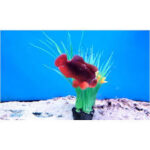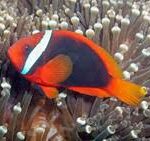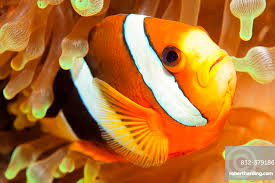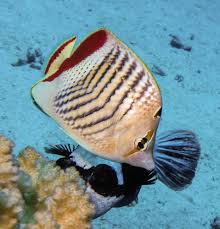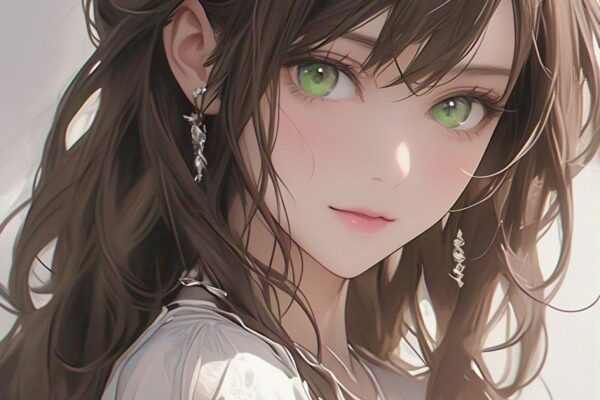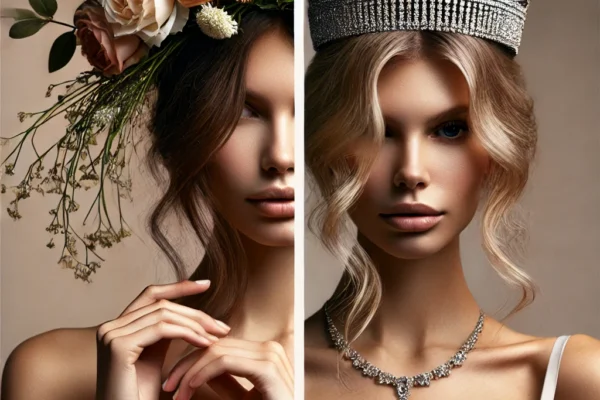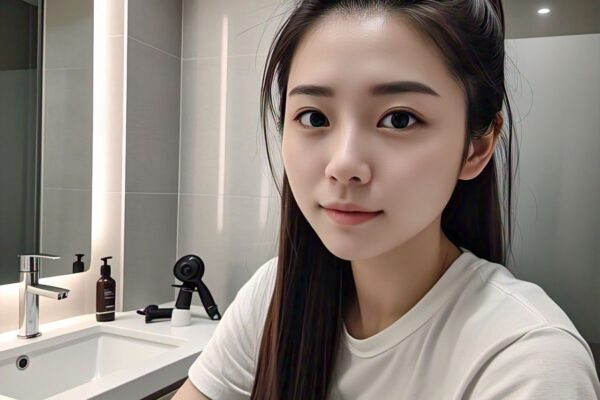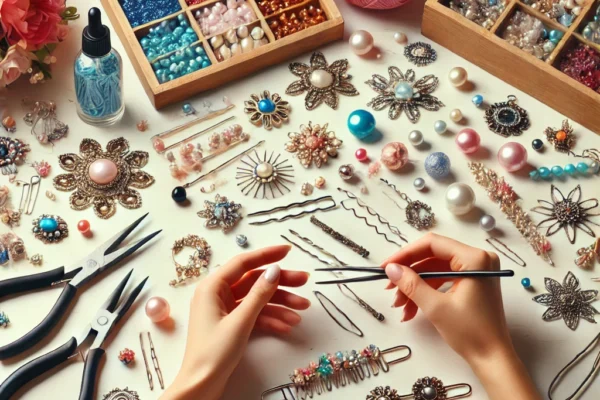
DIY Hair Jewelry: Craft Your Own Unique and Stylish Hair Accessories
DIY Hair Jewelry The Rising Trend of DIY Hair Accessories In recent years, DIY hair jewelry has gained significant popularity among fashion enthusiasts and craft lovers alike. This trend is not just about saving money; it’s about creating something unique and personal that reflects individual style. Hair accessories have always been a staple in fashion,…




